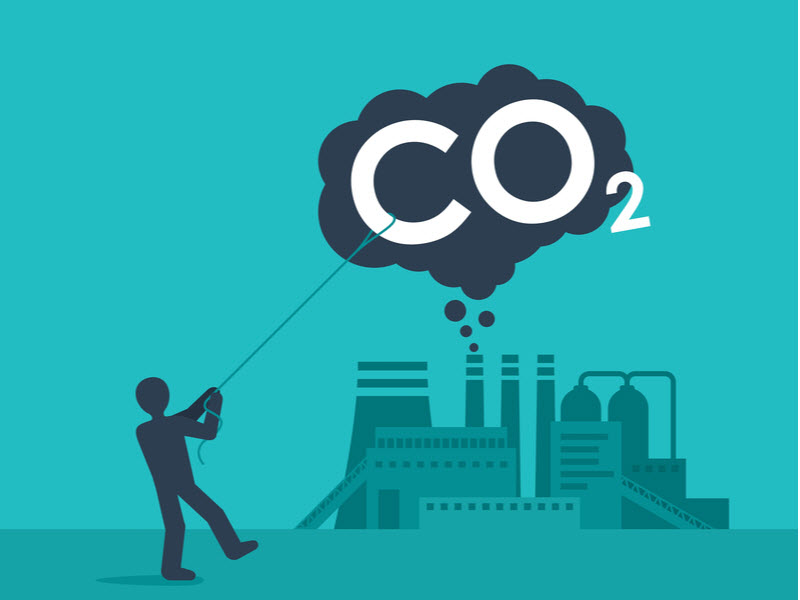
Carbon capture and storage, or CCS, is one of a number of initiatives that companies can now implement to reduce their carbon footprint, helping Australia’s CO₂ producing industries reduce carbon emissions in line with the Paris Agreement.
The Paris Agreement is a legally binding international treaty on climate change. It was adopted by 196 Parties at COP 21 in Paris, on 12 December 2015 and entered into force on 4 November 2016.
Its goal is to limit global warming to well below 2, preferably to 1.5 degrees Celsius, compared to pre-industrial levels.
To achieve this long-term temperature goal, countries aim to reach global peaking of greenhouse gas emissions as soon as possible to achieve a climate neutral world by mid-century.
The Paris Agreement is a landmark in the multilateral climate change process because, for the first time, a binding agreement brings all nations into a common cause to undertake ambitious efforts to combat climate change and adapt to its effects. ~ United Nations Climate Change

CCS is a three step process
Capture:
CO₂ is separated from other gases that are produced in industrial processes. These include coal and natural gas fired power generation plants and factories such as a steel factory. The CCS process captures carbon emissions at the source, using one of three readily available technologies.
Transport:
The CO₂ is then compressed into a fluid and transported to a storage site. Transport may be via pipelines, road transport or by ship.
Storage:
The CO₂ is injected into rock formations deep underground, traditionally at least 1 kilometre or more or under the surface for permanent storage. This technique is known as geo sequestration. The technique involves injecting the compressed CO₂ into underground reservoirs that have the characteristics and ability to contain it securely. These large underground storage sites can be exhausted oil and gas reservoirs, deep saline formations, coal beds or other suitable geologic formations.
Additionally, there is also a carbon capture and utilisation process, known as CCUS. This is a process whereby the captured carbon can be repurposed to create manufactured goods, or in some case energy, before being stored underground.

CO₂ neutral
The process is not new technology. Today, captured CO₂ is used for enhanced oil recovery (EOR). In this case, injected CO₂ is used to drive oil towards production wells, improving oil recovery and sequestering the CO₂ underground.
The concept of creating a zero net sum emission system by capturing carbon dioxide (CO₂) formed during power generation and industrial processes to prevent the gas entering the atmosphere has significant potential to reduce CO₂ emissions from energy systems.
Facilities that employ CCS can capture 90% and in some cases 100% of the CO₂ they produce. Employing CCS or CCUS via repurposing or sequestering the CO₂ safely and securely back into its origin is an environmental game changer.
There are several CCS technologies available:
- Post combustion carbon capture
- Pre combustion carbon capture
- Oxy-fuel combustion systems
We will take a deeper dive into these options in our next post.
CCS Energy is committed to forging your path toward net zero emissions. Our expertise can help clients set realistic targets and tap into additional asset value through carbon offset mechanisms available through various global emission trading schemes. Our team members are CCS experts and well engineers, passionate about identifying efficient and cost-effective transition technology to capture and store carbon and reduce your operation’s carbon footprint.
With years of technical experience in the petroleum industry, we can provide all aspects of technical design, project management and regulatory administration.
When your business is ready to do its part in reducing its carbon emissions footprint, give our team a call, or read more carbon capture & storage articles. We offer only the very best solutions and technical expertise.



